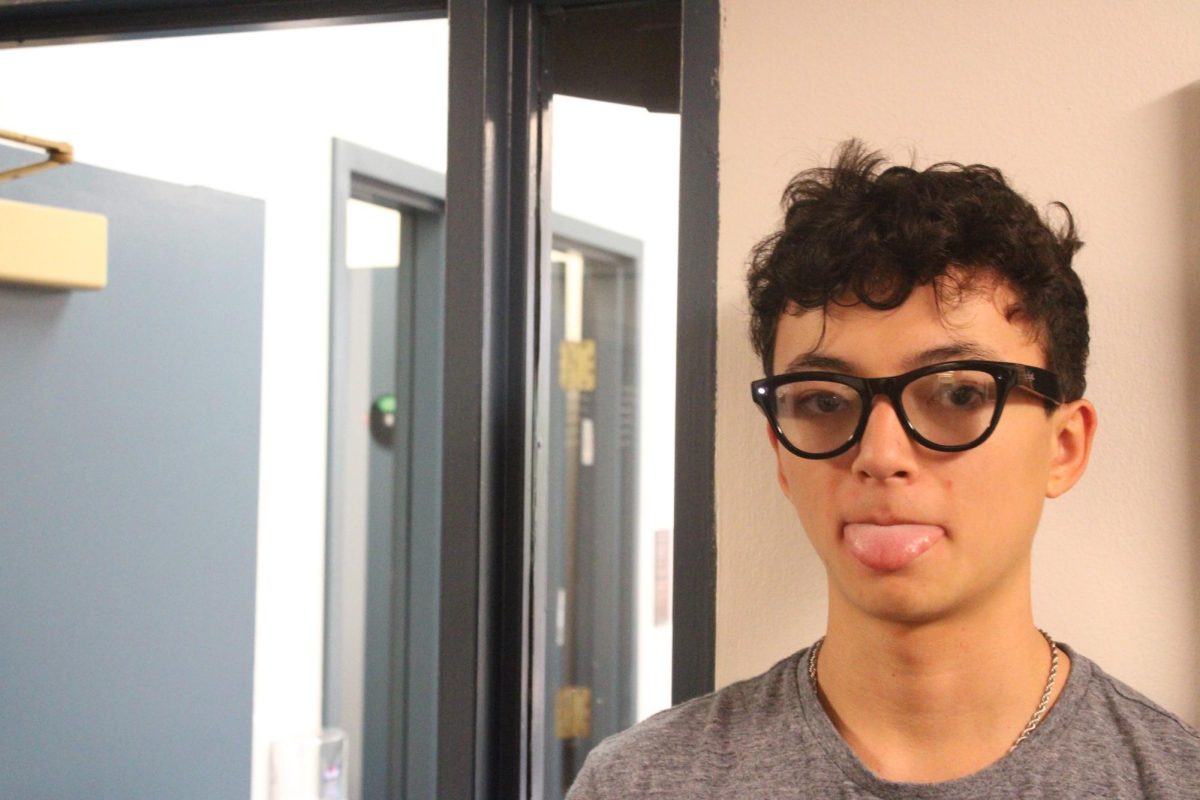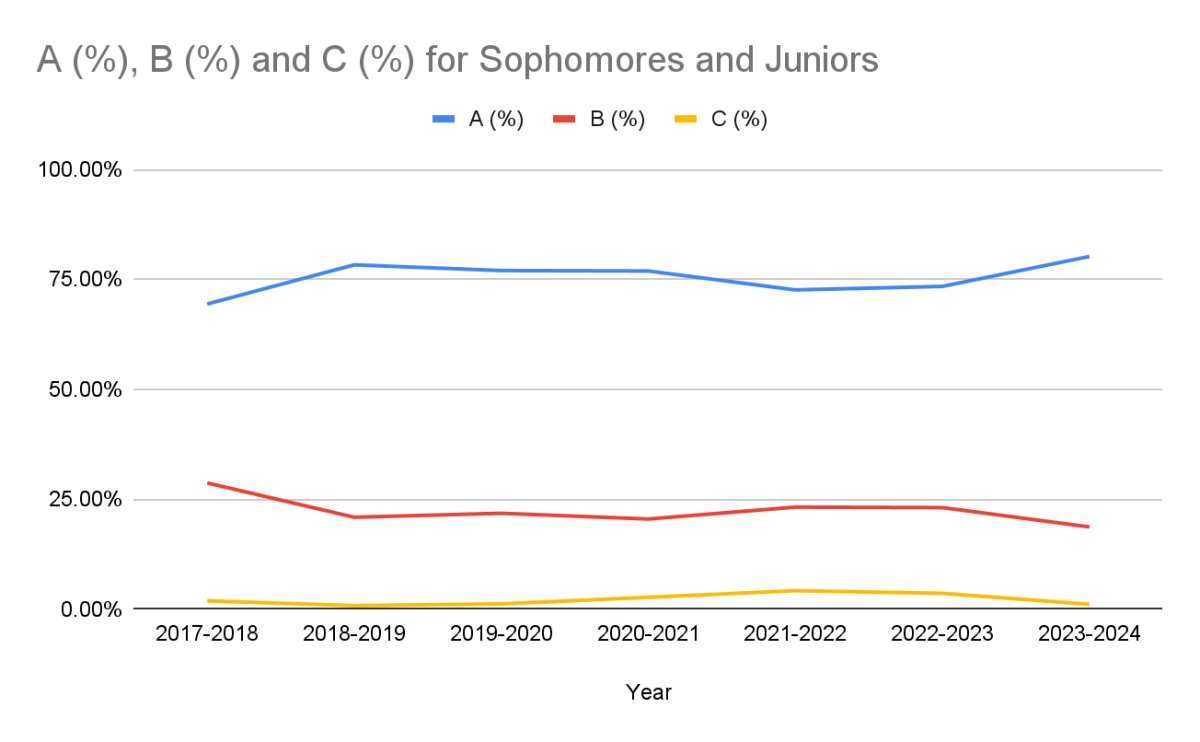Nearly a year after the U.S. Supreme Court effectively ruled affirmative action admission practices in higher education unconstitutional, a longstanding admissions preference policy has faced less scrutiny—legacy admissions.
Legacy admissions refers to a preference in college admissions given to children of alumni, or sometimes grandchildren of alumni. The amount of influence legacy status can carry in the admission process varies from institution to institution, and it’s often inconsistent within particular schools as well.
While precise data can be difficult to track, legacy admissions practices are generally understood to be more common at selective, private institutions. According to the National Center for Education Studies (NCES), 32% of selective four-year institutions considered an applicant’s legacy status as part of the admissions process during the 2022-23 academic year. At Harvard, 32% of applicants admitted to the class of 2027 were legacy candidates. However, more than 1,300 colleges and universities during the same period reported that they did not consider legacy status even if the information was submitted.
Some schools, such as MIT, have never considered legacy status in admissions. Others, such as Amherst College, dismantled the practice more recently (for Amherst, in 2021), before the Supreme Court’s affirmative action decision last summer. Many more schools are reconsidering their legacy admissions policy in the wake of the ruling on affirmative action.
The entrenched practice has Ivy League roots. The introduction of a legacy preference in admissions began at Dartmouth in 1919. Princeton and Yale followed. Historical motivations behind the creation of these policies began as a mechanism to keep Jewish immigrants out of elite institutions. The policies have faced political and legal challenges since the 1970s, and critics have long argued the practice primarily favors white and wealthy applicants. Even so, the practice continues at many of the nation’s most selective institutions.
More modern justifications given by colleges for the policies rest on the perceived financial benefit for a school as well as a mechanism for keeping alumni engaged and active in their school communities. Legacy policies may also assist admissions offices with their yield management, on the assumption that alumni children are more likely to accept admission offers from those places their parents so fondly reminisce about.
Junior Jack Lyons noted that it can be nice to “reward people who want to continue their family legacy at a college where the student can carry on the contribution.” Jack is not willing to place legacy status at the top of the list of traits a school should look for, however. “I think that as long as legacy preference remains less important than grades, test scores etc., it is perfectly acceptable for universities to use it in their decision making,” he said.
Colleges often defend the practice by pointing to its tendency to encourage donations, which can work to the benefit of all students and enhance a school’s ability to offer more financial assistance to students who may otherwise not have the ability to attend.
Junior Ben Gibson highlighted this risk-reward calculus. “Morally, I’m against the part of certain candidates having an easier time because of their parents’ actions,” he said. “Practically, I think that the money generated from legacy student donations, and how that can be used for good, may outweigh my moral concerns.”
Despite these attributes, a more recent wave of criticisms appears to have been sparked by, first, the widely publicized Varsity Blues admission scandal and then last year’s affirmative action ruling. Plaintiff experts in the affirmative action case argued that selective institutions could increase racial diversity if they eliminated legacy preferences.
“Given the Supreme Court’s decision on race-based affirmative action, colleges should not consider legacy during admission,” Upper School English teacher and Diversity, Equity, and Inclusion Curriculum Coordinator Brandon Woods said.
Not only has public support for legacy policies waned, but many college students are arguing that legacy policies are no longer aligned with their values, and they are becoming increasingly vocal. At Stanford University, for example, students have organized to advance legislation that would bar private universities from using legacy or donor preference in admissions decisions.
With the help of these student activists, Assembly Bill (AB) 1780, which would prohibit legacy and donor admissions preferences at private universities, recently passed the California State Assembly and now moves on to the State Senate. In 2022, 13.8% of Stanford’s admitted class had legacy ties—Stanford’s admission rate generally sits at around 4%.
Legacy applicants themselves may also be deterred from applying to colleges that maintain the practice, even if the school is otherwise the right choice for them. These applicants avoid applying to a school where their peers may perceive that they received an unfair advantage with no way to prove whether it actually did or not. It can also leave admitted legacy students grappling with “imposter syndrome.” As Ben said, “I wouldn’t want legacy preference because I wouldn’t feel like I completely earned it.”
On the other hand, some have argued that the timing of legacy criticism smacks of racial discrimination. That is, some ask why, after decades of giving the children of families from previous generations whose parents were frequently white and wealthy a leg up, we are stopping the practice now that the children of minority or first-generation parents are ready to apply.
Williams College professor and Amherst College alum Steven Gerrard noted in an essay last year, “It would be a bitter irony if, just when affirmative action is eliminated and alumni of color’s children are finally candidates for legacy admissions, that ladder, too, should be kicked away.”
Mr. Woods sympathizes with this argument, but believes there is a higher priority. “I would like college admissions committees to focus on socio-economic diversity moving forward,” he said.
While legacy admissions practices are certainly under renewed attack, it is difficult to predict how or when the issue will resolve. Legacy admissions can be added to the long list of college admissions considerations (along with standardized testing, affirmative action, student loans, NCAA realignments, and so on) that are complicated, in flux, and adding stress to the college admissions process.


















































